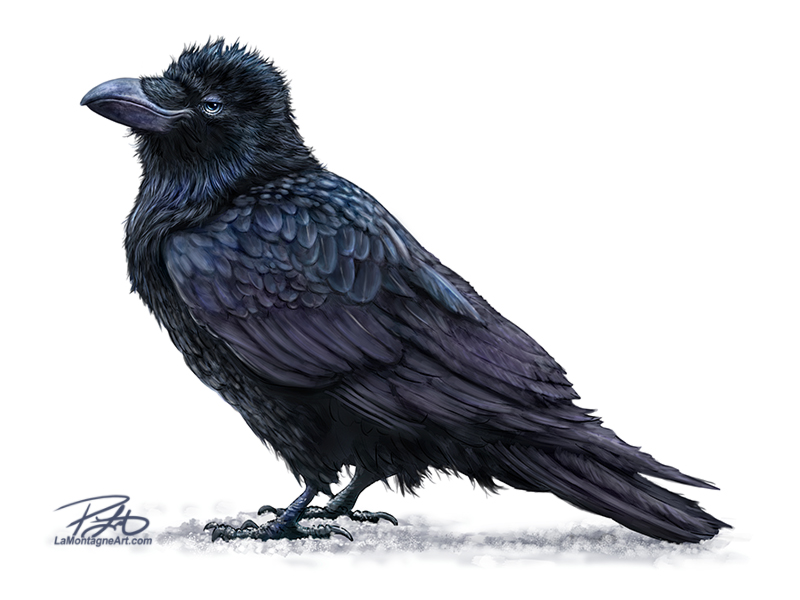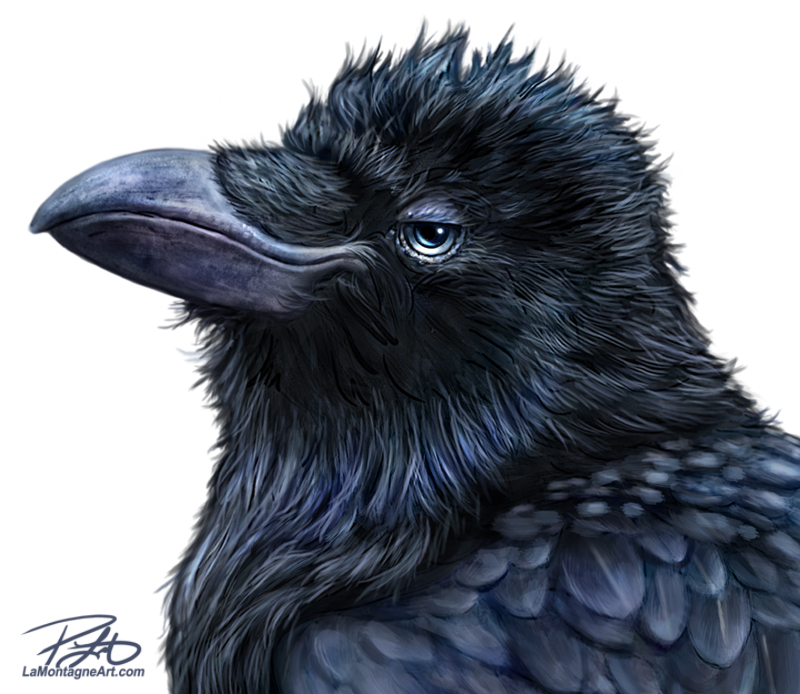
 In the late nineties, I worked different jobs at a hotel in Banff for five or six years, from waterslide attendant and manager to front desk agent, night auditor and accounting clerk.
In the late nineties, I worked different jobs at a hotel in Banff for five or six years, from waterslide attendant and manager to front desk agent, night auditor and accounting clerk.
I used to doodle, sketch, and draw a lot in those days. I wasn’t very good at it, but like with any skill, you don’t produce your best work until you’ve paid for it with years of bad work. It was a hobby that I never thought would become a career.
While at the waterslides, after I’d finished cleaning, the job often meant minding the desk until guests showed up. I might spend hours alone in the slow season, so I would read or draw. The night audit position required a couple of hours running financial reports at the beginning of the shift, then babysitting the front desk all night until the day staff arrived.
More time to draw.
I filled countless sketchbooks during those years, all long ago discarded, recycled or shredded. I’m not a nostalgic person, and I don’t like clutter. Some have suggested I should have kept that stuff because it might have been worth money someday.
Ever seen American Pickers? Those outbuildings full of junk are all about people keeping useless stuff for that very reason. Most of it is worthless.
Proving we never know what we’ve got ’til it’s gone, I took all that creative freedom I now miss for granted. No deadlines, no expectations, and no need for any of that artwork to pay the bills. With no social media or website then, I didn’t have to post any of it.
Art for a living is a double-edged sword. While I certainly prefer it to that waterslide job or working midnight shifts minding a front desk, and working at home alone suits my nature; I no longer draw anything just for fun. If I’ve got time to draw, I spend it on editorial cartoons or whimsical wildlife paintings.
I used to enjoy editorial cartooning, but following politics and the news every day, especially in our increasingly toxic and adversarial culture, it’s just a job, and there’s little joy in it. But I can’t ignore that without cartoon deadlines; I wouldn’t have been as disciplined to draw almost every day for more than twenty years. That constant practice has made me a better artist. How could it not?
The wildlife paintings, however, are the antidote to the negative news cycle. I’d much rather spend every day painting fur and feathers, recording painting videos, or writing, but that’s currently just over half of my artistic income, so I need to devote equal time to the darkness and light.
The financial pressure I assign to my wildlife work often decides which animals I paint. I will avoid certain animals because they’re unlikely to be popular. I must always think about the market potential for anything I paint. Will this or that retail or licensing client be interested, will it be popular at markets, and which products might benefit from this piece?
I’ve only realized in recent years how loud those questions have become. My Otter and Smiling Tiger are two of my bestsellers, but I wasn’t thinking about that when I painted either of them nor could I have predicted their success.
But I’d be lying if I said I wasn’t trying to predict and produce the next bestseller every time I plan a new painting, even knowing it’s impossible. Art isn’t an algorithm. Based on market trends, you can’t accurately predict what will resonate with people. I know because every year, the licensing industry pretends they know what people want and what will sell, and they fail more often than succeed.
Like with political polls or long-range weather forecasts, we pay attention to these poor predictions and then complain about how often they’re wrong. We’re not as bright as we like to pretend.
Several people asked me to paint a sloth a couple of years ago. I kept putting it off because I had no interest. But I finally got tired of hearing it and wondered if I was missing something. So, I put the time in and painted one. It was a worthwhile challenge, and I’m pleased with how it turned out. I learned some things in the process, but it’s not one of my personal favourites. I’ve never felt any connection with sloths. It sells well enough, but it’s not a bestseller.
Over the past year, I’ve received a bizarre number of requests for another animal, at least twice a day at the Banff Christmas markets. It’s another I wouldn’t have chosen, but I started on it this week. With the Calgary Expo on the horizon, it’s the best place to test if requests will result in actual sales, should I manage to do a good job. Rather than tell you what it is, I’ll share it in a couple of weeks.
 I’ve always liked ravens, and I talked a bit about that in my last post. Because ravens are popular, this piece was a marketing decision and an animal I wanted to paint. It’s nice when it can be both, but I catch myself asking composition questions while I paint that I never would have when I didn’t do this for a living.
I’ve always liked ravens, and I talked a bit about that in my last post. Because ravens are popular, this piece was a marketing decision and an animal I wanted to paint. It’s nice when it can be both, but I catch myself asking composition questions while I paint that I never would have when I didn’t do this for a living.
Will no background make the painting more or less popular? Will people want the blues and purples in the feathers to be more or less vibrant? Should I have exaggerated the whimsy more, or did I go too far already?
It also applies to writing posts like this. Am I being too negative? Will this angsty artist crap turn people off? Should I write something peppy and encouraging, even though I feel none of that right now? What do people want to hear?
These questions are pointless, but I find them impossible to ignore.
Eleanor Roosevelt once said, “You wouldn’t worry so much about what others think of you if you realized how seldom they do.”
But because this work is my livelihood, it’s nearly impossible to avoid these thoughts. My time is limited, and spending it on a painting that doesn’t sell well feels like I wasted it on the wrong painting.
Second guessing like that often leads to procrastination and self-doubt. Too long in that headspace, and I’ll ultimately paint nothing because I’m looking for impossible guarantees.
It would be nice to end a post like this with a positive affirmation or some conclusion that hints at some 11th-hour writing wisdom. But I have no clear answer to this flawed perspective. I’m still working on it.

